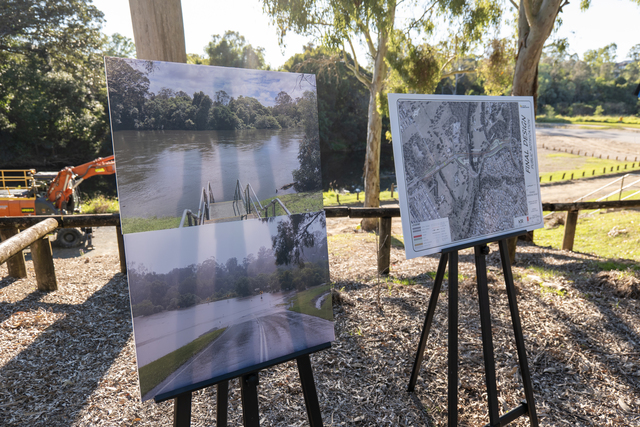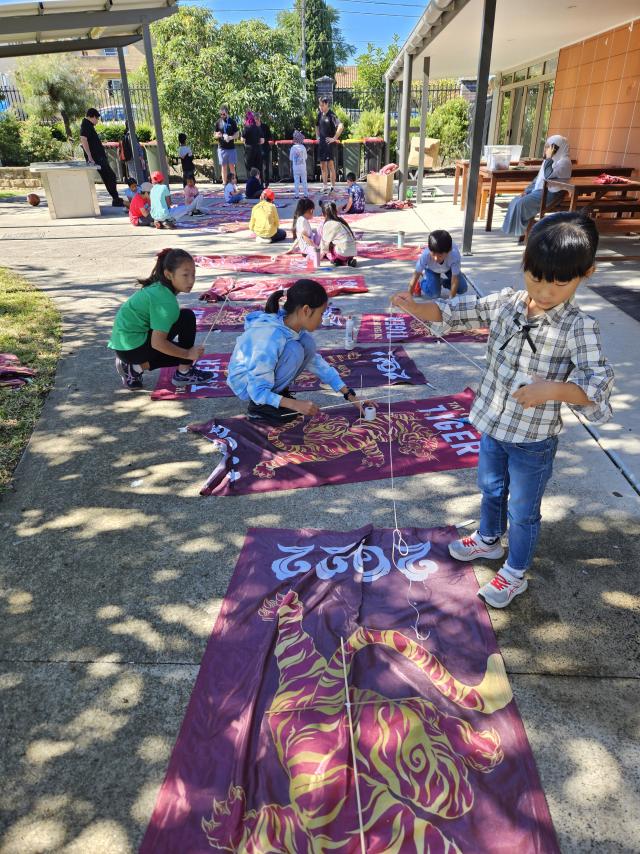You cannot tour the other States and identify the best practice models for adoption by the Northern Territory. We are too different for that.
Different in terms of the physical landscape running from the driest deserts to the tropical coast, or in terms of the land forms, and the economies they can sustain, or in terms of the land tenure arrangements.
Here around 44 percent of the land mass is Aboriginal owned, and another 10 percent is under claims, and 84 percent of the coastline is owned by Aborigines.
This has been achieved under the Aboriginal Land Rights (Northern Territory) Act 1976.
In general terms the rest (where exclusive possession has not been granted to others), most likely, would be effected by the Native Title Act 1993, given that the strength of Aboriginal customary law here is greater than in the States.
We are certainly different in terms of the human landscape too. There is an exceptionally thin population spread across a vast land mass, the proportion of Aboriginal people in the population is 10 times greater than the nearest State.
Living predominantly in the remotest parts of the Territory in contrast to the demography of the States, and the great majority do not speak English as a first language.
Even before the enactment of the Land Rights Act, vast tracts of land were reserved for exclusive occupation by Aborigines. This was certainly a Government response to the relentless encroachment of non Aboriginal people with their pastoral, mining, fishing, crocodile hunting pursuits, and the undesirable social consequences along those fronts.
The build up of Defence Forces during World War II increased the urgency to create some bulwarks against abuse and exploitation.
There are those that say that Aborigines were herded into the most inhospitable corners, in order to clear the way for white occupation of the more desirable country. But government was never as proactive as that.
No, the reserving of land for Aborigines, albeit belatedly, was for decent reasons. But with unintended consequences, and that is the point of this short history lesson.
My point is, that the creation of ‘closed’ communities, while creating the sanctuaries from social fission, also created iron curtains that kept out the small scale entrepreneurs, and venture capital, that are the backbone of open townships.
This meant that government (Commonwealth – I’m talking about the half century up to about 1975) fulfilled that myriad of functions.
This all changed with crude abruptness in 1975 when Aboriginal Councils were rapidly created, and told the Government Superintendent who had autocratic control of communities for many decades was no longer in charge, they were.
The absence of private enterprise in turn has served to constrict government agencies, other than education, health and police, from taking up residence. The negative effects spill over to adjoining non Aboriginal land, and consequently the entire Northern Territory.
This will be overcome in time, as the penny drops that the rest of the world can achieve adequate security from long term leases, and there can be no difference at all between a long term lease over Aboriginal land, and a long term lease over Crown land.
All of this means that the Territory’s smaller, and arguable least equipped, Councils are left with having to take on responsibility for a much, much, wider range of functions than municipal Councils, without a rates base in most cases.
While there are variations between Councils, some of these additional responsibilities include the powerhouse and water and sewerage operation, bank, post office, public housing (both construction and managing tenancies), store, meals on wheels, school, health clinic, airport and airline, road maintenance, aged persons home, TAFE, Community Development Employment Projects, barge freighting, orchards, market gardens, fuel sales, service station, tow truck operation, bush fire brigade, mortuary, courts administration, Centrelink agent, child care and sport activities.
RJ Beadman, CEO
Department of Local Government







